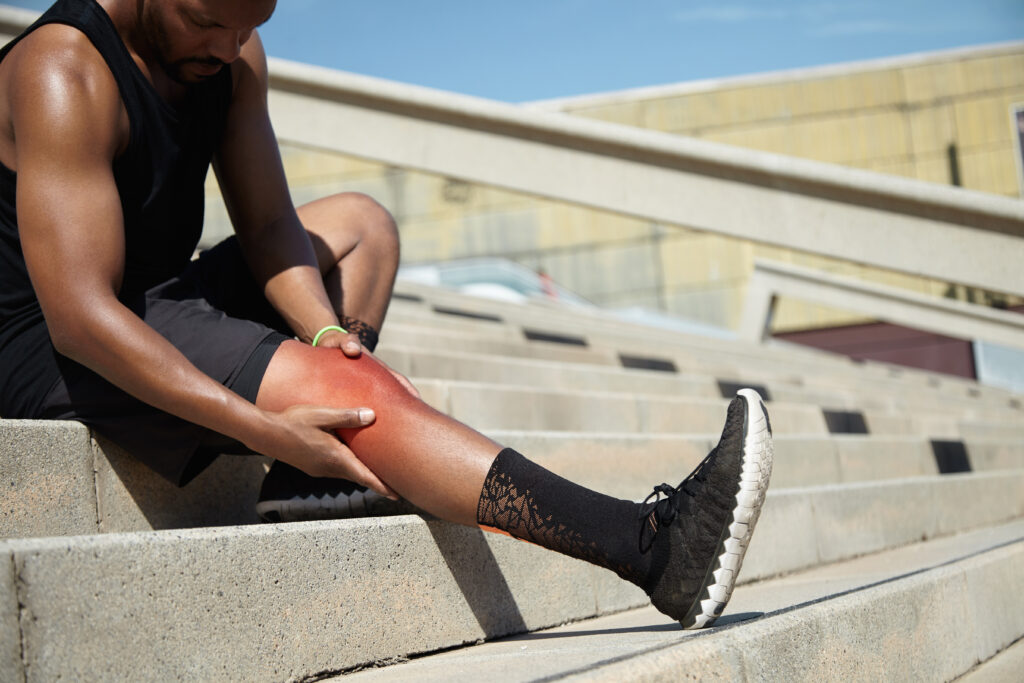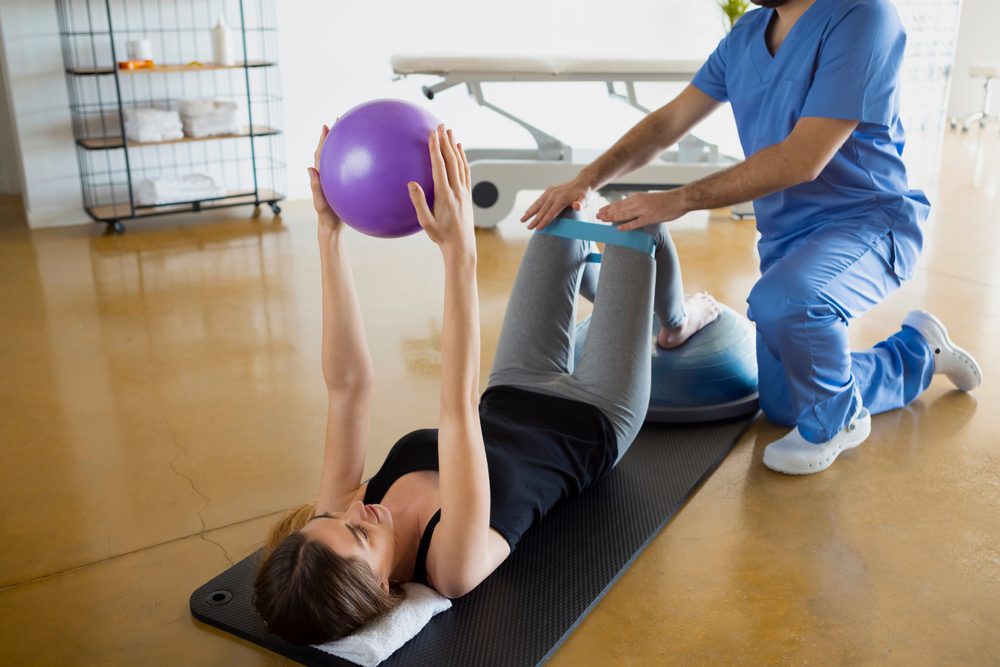Understanding ACL Injury

ACL Injury: What is the ACL?Causes of ACL Injuries
stands for anterior cruciate ligament, a knee ligament that along with three others, is primarily responsible for keeping your knee joint stable. Ligaments consist of rough fibers that are meant to limit joint movemnt so your joints don’t bend too far, or move over much. The ACL is one of the knees’s four main ligaments. The knee’s other major ligaments include the media lateral collateral ligament (MCL) the lateral collateral ligament (LCL), and the posterior crucite ligament (PCL).
The ACL’s formeost purpose is to limit the motion of the shinbone, or tibia. The ACL attaches the tibiato the femur and vice versa. Because the tibia must endure the weight and movemnt of the femur just above it, the ACL must provide the stability and prevent the dislocation that would result from the tibia sliding excessivley forward. The ACL additionally offers support for other knee joint movemnts, such as angulation and rotation, or pivoting, movemnts.

Why acl injury is so common in all the knee ligaments?
The ACL is the most commonly injured of all the knee ligaments. An ACL injury can happen to anyone, of any age and at any activity level, but athletes who play high-impact sports are at an increase risk of sustating such an injury. That’s because these sports require a lot of sudden movement. Some of this demanding high-impact sports that result in ACL injury include: basketball, soccer, skiing, rugby, Lacrosse, football, gymnastics, hockey, and wrestling. Women are particularly susceptible to ACL injury-eight times more prone then men, in fact.
Some theories blame the discrepancy on the difference between men and women’s bodies. Women have a wider pelvis and more flexible hips that allow greater rotation, and therefore less protection against over rotation. Women’s lower legs are turned farther inward than men’s. They also have a slimmer notch in their femurs where their ACL is attached.

Sports-Related ACL Injuries
ACL tears frequently occur when a person is playing a sport and makes a sudden pivot, jump, or stop that either forces the ligament to rotate too far, or subjects it to traumatic impact. One example of such a sport-related ACL injury is a gymnast who falls forward when her hip is turned inward and her shinbone is turned outward while her knee is bent.
Symptoms of ACL injury
Some people tear their ACL ligaments at work or through physically traumatic occurrences like car accidents. When someone tears his or her ACL ligament, he or she usually hears a pop and feels like his or her knee is buckling under. The knee rapidly begins to swell, and the injured party feels a severe pain in the knee when he or she tries to bear weight on it.
As a result of the ACL injury, the knee looses stability and the sufferer is at risk for arthritis and the possible development of cartilage and meniscus tears.
Around half of patients with an ACL injury additionally develop meniscus tears.
In the case of acute ACL injury, the literal meniscus is most often torn, while with chronic ACL tears, the medial meniscus is more frequently torn. If you suspect you’ve sustained an ACL injury, it’s important to have a doctor examine your knee right away, in order to prevent further, and possibly irreparable, damage.
Physiotherapy after ACL Injury
By Pro Physiotherapy, J Mazumdar, Expert Physiotherapist
After ACL injury, physiotherapy plays a crucial role in rehabilitation. Our expert care helps:
- Restore knee stability and strength
- Improve range of motion and flexibility
- Enhance balance and proprioception
- Reduce pain and inflammation
- Prevent further injuries
Customized treatment plans include:
- Post-operative rehabilitation
- Strengthening exercises (quad, hamstring, calf)
- Functional training (agility, plyometrics)
- Proprioception and balance exercises
- Return-to-sport programs
Trust Pro Physiotherapy for effective ACL injury rehabilitation. Book your appointment today!


